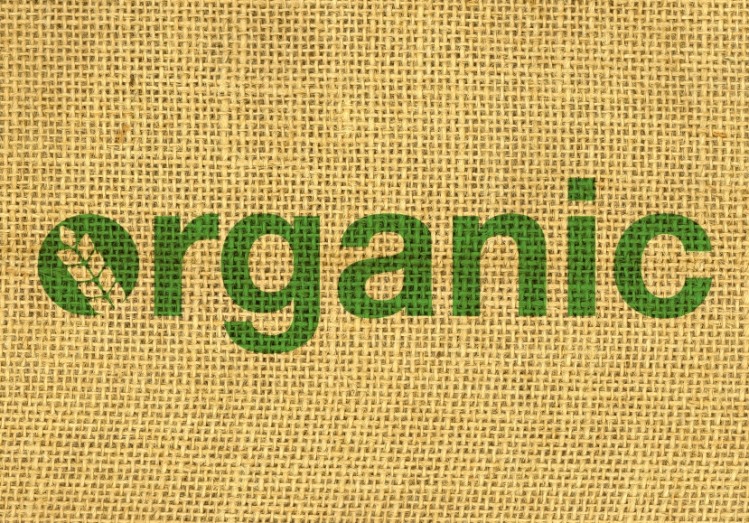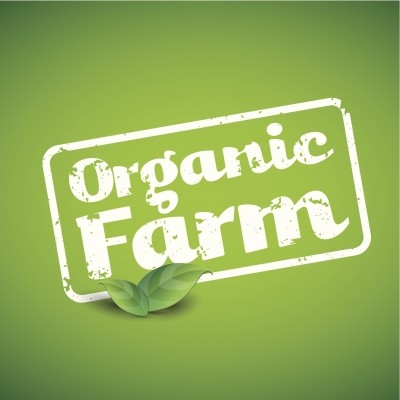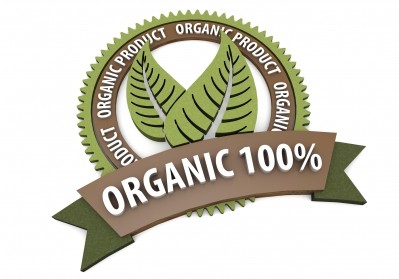Special Edition: Organic Feed
US organic feed grains have room to grow

However, non-biotech or non-GM feed crops have been expanding more quickly to meet increased market demand, said Dan Kowalski, director in the knowledge exchange division at CoBank.
He published a report recently on both organic and non-GMO specialty grains, assessing the impact and opportunity for growers. It is estimated that it would require an additional one to five million acres of US agriculture land to meet the domestic demand for organic corn and soybeans for feed.
US feed producers have been turning to imports organic feed ingredients to meet their needs, he said.
“US producers still have financial incentive to grow organic crops,” he told FeedNavigator. “However, the strong US dollar, and lower costs associated with organic production in some other countries could cause more foreign organic acreage to be added. If organic production continues to rise overseas, and imports are abundantly available in the US, it will drag on prices, reducing domestic incentive for growers.”
GMO-free production
There are likely several factors supporting the planting of non-biotech feed crops, said Kowalski.
They are considered to have lower input costs, he said. And recent work has improved their genetic offerings and reduced the “yield drag” sometimes seen from switching to a non-biotech seed, explained Kowalski.
The crops also maintain a price premium beyond their biotech counterparts, he said.
“Since September 2015, non-GMO farm prices for corn have earned an average 7% premium over GMO corn [and] for soybeans, that premium is closer to 11%,” said Kowalski. “Though relatively lean, these non-GMO premiums have garnered interest, mostly from growers looking to diversify their crops and improve returns.”
Low returns on traditional feed crops in 2016 also may be incentivizing producers to change to producing non-biotech feed crops, he said. “Non-GMO corn and soybean prices have reflected this increase in output, with premiums slipping in the closing months of 2016,” he added.
Organic production
With the discrepancy between the amount of organic feed ingredients available domestically and market demand, there has been an “eye-popping” difference in price, said Kowalski. “In fall 2015, organic soybeans traded at 200 percent more than GMO soybeans, and organic corn commanded twice the price of commodity corn,” he added.
However, the premium and price gap fell significantly during the first half of 2016, he said. This happened despite the fact that domestic production has not changed drastically.
“Organic premiums were excellent leading into 2016 because supply constraints were an issue in 2014-15,” he said. “But organic production was ramping up in other countries, and those growers were perfectly positioned to take advantage of the high US prices.”
As imports have increased, US price premium have declined, which provides less incentive to producers looking to make a switch to organic production despite the continued domestic interest, he said. The US has primarily been importing feed crops from India, Ukraine, Romania and Turkey.
“Conventional growers considering a shift to organic are looking for one overarching thing: assurance of long-term returns,” said Kowalski. “So when price premiums are not stable, and when they move much lower in a short period of time it makes a grower very wary of the prospect of converting.”
Along with the potentially dropping price premium, there also remain other factors that may dissuade farmers from switching to organic production, he said.
It takes several years to make the change from traditional farming methods to an organic production system, he said. However, in the transition phase crops do not earn the higher organic price.
“Growers often struggle to remain profitable through the required transitional period, and that risk to their profitability must come with sufficient reward,” he said. “However, the volatility in the organic price premiums during 2016 has likely raised some questions and uncertainty among producers about the sustainability and consistency of that reward.”
Some companies have started to pay higher prices for transitional crops to support the move toward organic production, and others offer agronomic services to contract growers, said Kowalski.
Additionally, there remains a concern that yield drag from the change to organic production would reduce profitability, he said. “The yield drag will also depend significantly on the individual grower’s management practices,” he added.
“There is typically some yield drag associated with organic production, but estimates vary widely on how large that drag is,” he said. “That can leave a lack of clarity and confidence with growers that are considering transitioning.”
The crop production style also is more labor intensive than other farming methods, especially when managing pests, he said.
However, producers who have been working in the industry for a longer period of time or who are more seasoned may have the advantage in terms of returning to organic-style production, said Kowalski. “Those that farmed before the advent of GMO seeds in the mid-1990s have experience with more traditional farming methods,” he added.
“In contrast, most young farmers have been trained to use the latest technology to maximize yields and have no experience farming any other way,” he said. “Plus, many younger growers are reluctant to switch to organic or non- GMO farming methods because they view them as ‘going backward.’”












